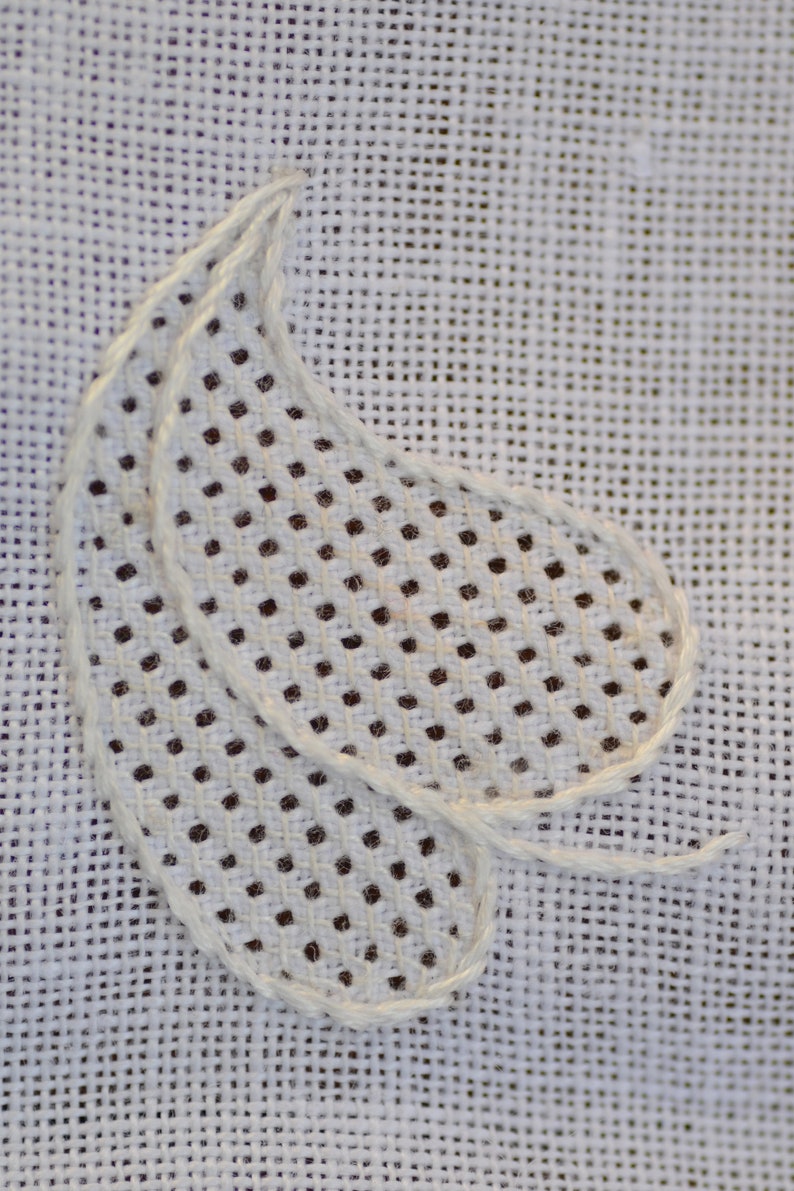Whether it’s a beloved heirloom passed down through generations or a cherished garment that holds sentimental value, a pulled thread on fabric can be both an aesthetic nuisance and a source of concern. Instead of relegating it to the mending pile or discarding it entirely, let’s embark on a journey to restore its original splendor. With the right knowledge and a few simple steps, you’ll be armed with the prowess to repair that pulled thread and breathe new life into your cherished textiles.

Image: www.pinterest.com
Understanding the Fabric’s Weave: A Blueprint for Restoration
Before delving into the practicalities of mending, it’s crucial to understand the fabric’s weave. Just as the foundation of a house dictates its structure, the weave determines how threads interlace and the overall integrity of the material. Plain weaves, with their simple over-under pattern, are fairly forgiving when it comes to thread repair. However, more intricate weaves, such as twill or satin, require a keener eye and a more precise approach to ensure the mended area seamlessly blends with the surrounding fabric.
Repairing the Pulled Thread: A Delicate Dance of Precision
With the weave ascertained, it’s time to tackle the pulled thread. Resist the temptation to yank or pull on it haphazardly, as this can further damage the fabric. The key lies in a gentle and methodical approach.
-
Unveil the Pulled Thread: Use a sharp needle or pin to gently tease the pulled thread back to the surface of the fabric. Avoid forceful movements that could cause additional snags.
-
Weave It Back In: Using a fine needle and a thread that matches the color and weight of the fabric, carefully weave the pulled thread back into place. Follow the pattern of the weave, ensuring the thread lies flat and parallel to the surrounding threads.
-
Knotting the Thread End: Once the pulled thread is securely woven back in, it’s essential to knot the end to prevent it from unraveling. Make a small, discreet knot close to the fabric’s surface, taking care not to pull it too tightly and compromise the fabric’s integrity.
Additional Tips for Seamless Repairs:
- Choose the Right Needle: Opt for a fine needle with a sharp tip to minimize damage to the fabric.
- Magnifying Glass Advantage: If the pulled thread is particularly small or the weave is intricate, using a magnifying glass can provide a clearer view and greater precision.
- Test Your Repair: Before taking the final plunge and knotting the thread, test the strength of the repair by gently tugging on it. If it holds, you’ve successfully restored the fabric’s harmony.

Image: www.etsy.com
How To Fix A Pulled Thread In Fabric
Conclusion: A Restored Masterpiece, A Story Rekindled
Restoring a pulled thread in fabric goes beyond mere mending. It’s an act of preservation, infusing a cherished object with renewed life and sentiment. Armed with the knowledge and techniques outlined in this guide, you can confidently repair those pesky pulled threads and restore your beloved textiles to their former glory. Each mended thread is not just a fix but a testament to the enduring bond between us and our possessions, preserving the fabric of our lives and rekindling the stories they hold.